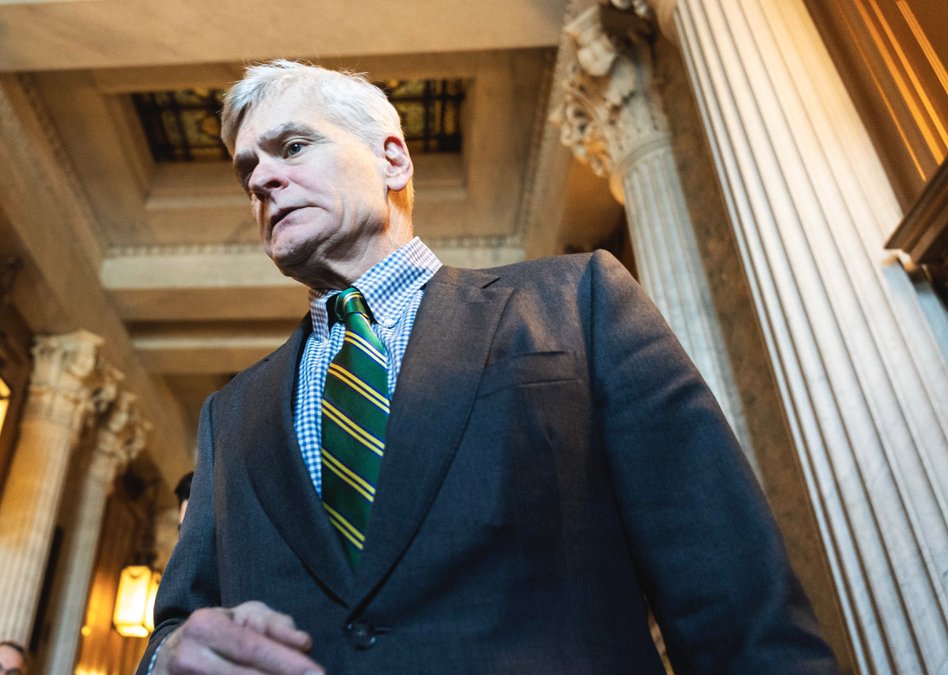WASHINGTON – Sen. Bill Cassidy (R-La.) announced Thursday that he and other senators are directing the Government Accountability Office, the investigative arm of Congress, to examine the delays surrounding the updates to the Free Application for Federal Student Aid (FAFSA) form.
The Education Department said earlier this week that colleges and universities will now receive the key information during the first half of March instead of late January.
This new timeline further delays when students will receive their financial aid packages, and ultimately see whether they can afford college
Most college acceptance decisions come out in March or April, but the delay means that colleges won’t be able to send out aid packages until weeks afterward. Most colleges require students to accept offers by May 1, so it will be a tight turnaround for many high school seniors to see if their aid packages match up with their dream college.
The Department of Education had to fix a problem with the way it calculates how much a family can contribute to tuition. The Student Aid Index calculation replaced the Expected Family Contribution formula; however, the department initially did not correctly account for inflation.
The updated tables “will allow students to benefit from an additional $1.8 billion in aid and ensure that all students can access the maximum financial aid they are eligible for,” the Education Department said in a press release.
Cassidy, ranking member of the Senate Health, Education, Labor and Pensions Committee, placed blame on the Biden administration, saying at a news conference on Thursday that it had “upside down priorities.”
The rollout of the new form was far bumpier than intended by the Department of Education.
It soft launched on Dec. 30 but was not fully available for students to fill out until Jan. 8. Last school year, the form was available starting Oct. 1.
Starting with the 2024-2025 award year, a normally tedious process was supposed to be simplified. The most noteworthy differences included a faster application process and an increase in eligibility for federal Pell Grants.
“We are moving the federal financial aid application into the 21st century,” said Secretary of Education Miguel Cardona, “putting affordable higher education within the reach of 610,000 students from families with low incomes.”
The latest changes to the form are a part of the FAFSA Simplification Act passed by Congress in 2020, so the Biden administration had roughly three years to implement the new system.
“If ever there was a time for the department to signal to the American people, listen, we squandered our dollars. But now we’re going to tighten our belts. And we’re going to do it right and come up with a solution to this problem that we created,” Cassidy said.
“Instead, it is kind of like, ‘Oh, I’m sorry, pitiful us.’”
Sen. Roger Marshall (R-Kan.), Sen. Shelly Moore Capito (R-W.Va) and Sen. Joni Ernst (R-Iowa) joined Cassidy in underscoring their disappointment in the rollout.
“What we need is transparency for Iowa families, and that’s why I’m demanding an investigation,” Ernst said. “No more delay Department of Education. We need to get this straightened out right now.”
While there have been unexpected delays in the process, the Department of Education is committed to continuing to “provide regular progress updates to schools and stakeholders.”
More than 3.1 million FAFSA forms have been successfully submitted since the application launched.


